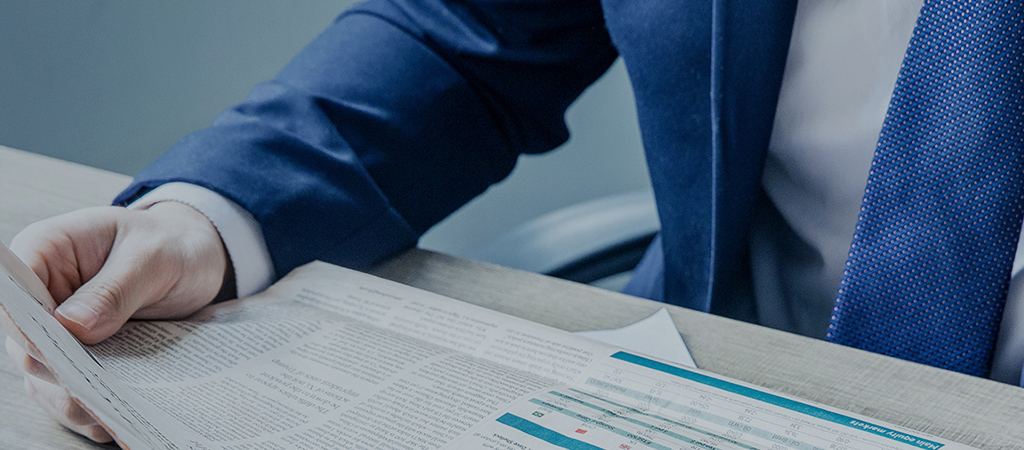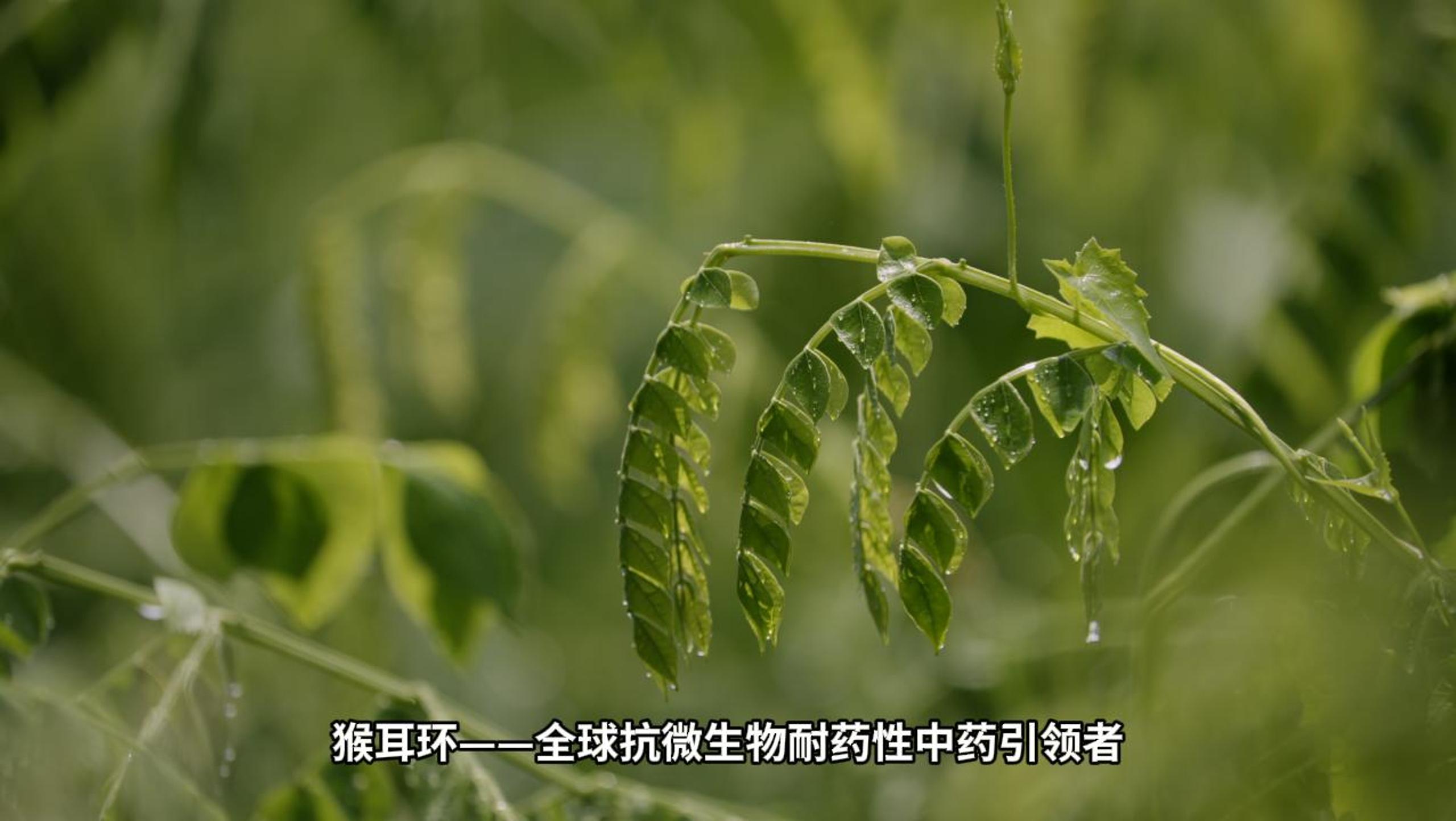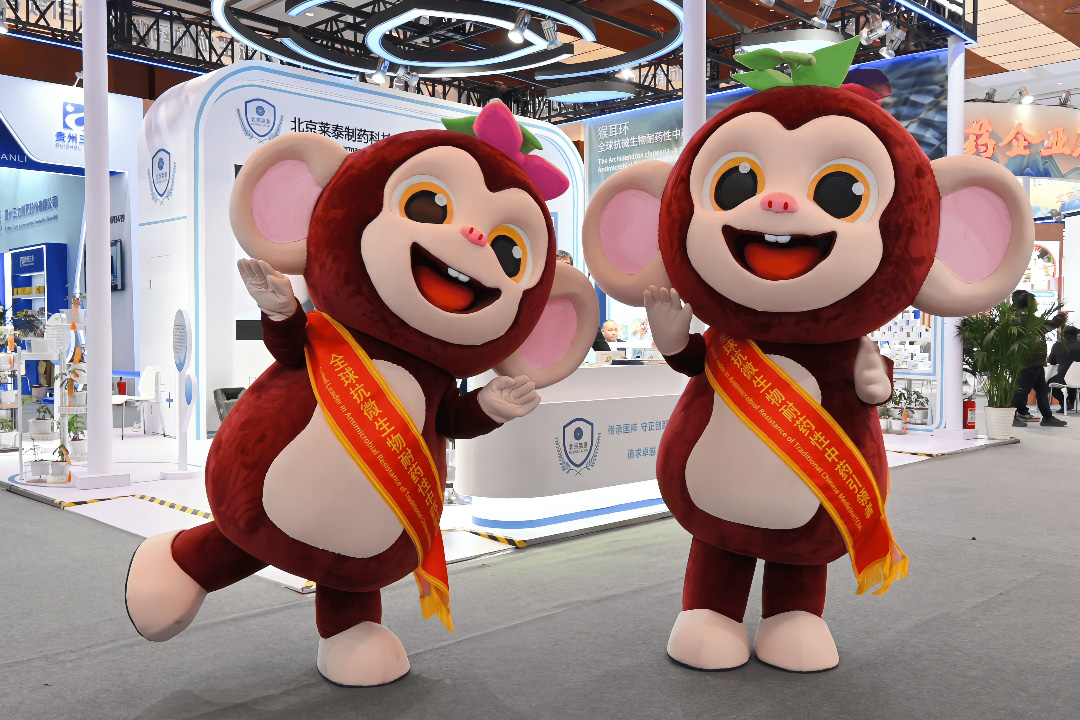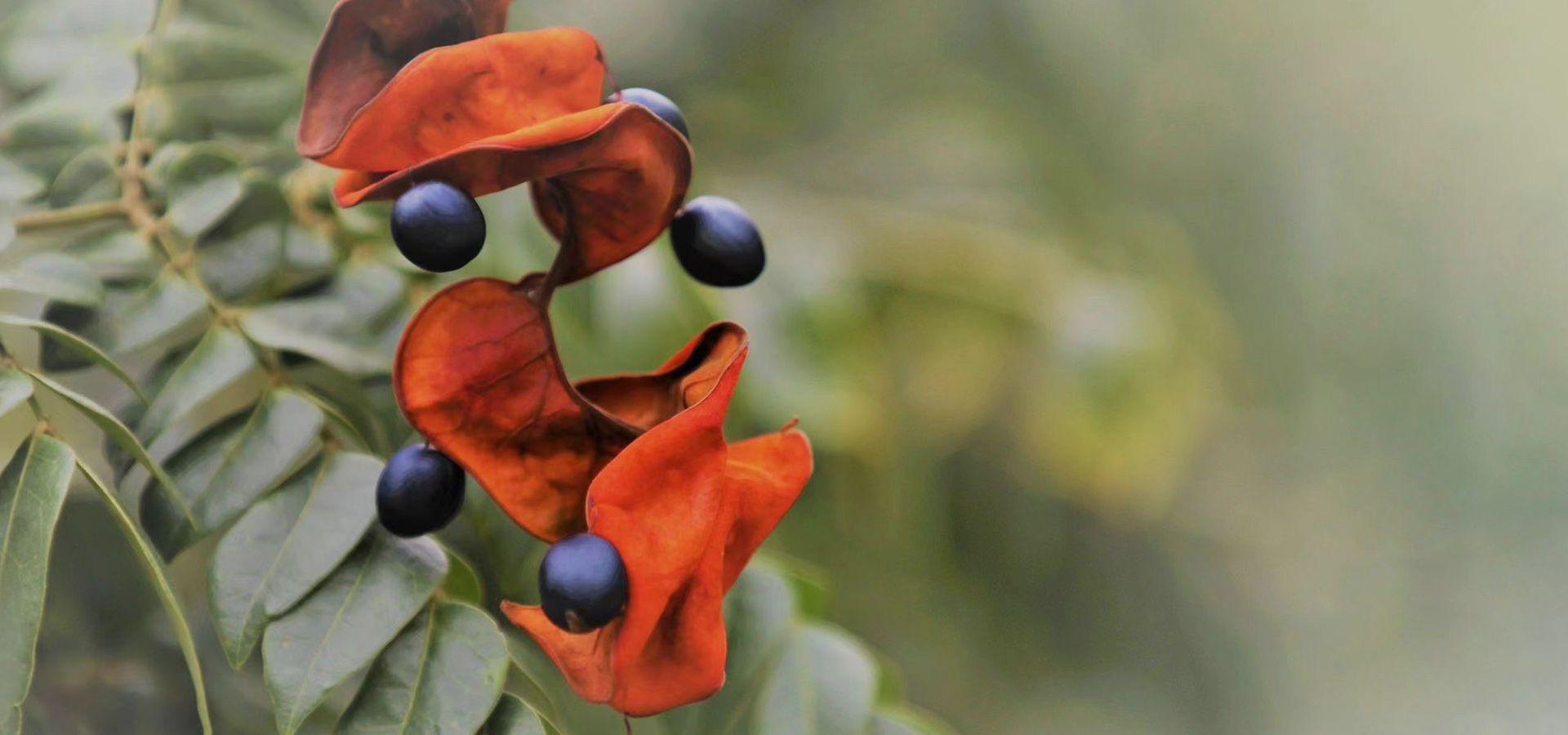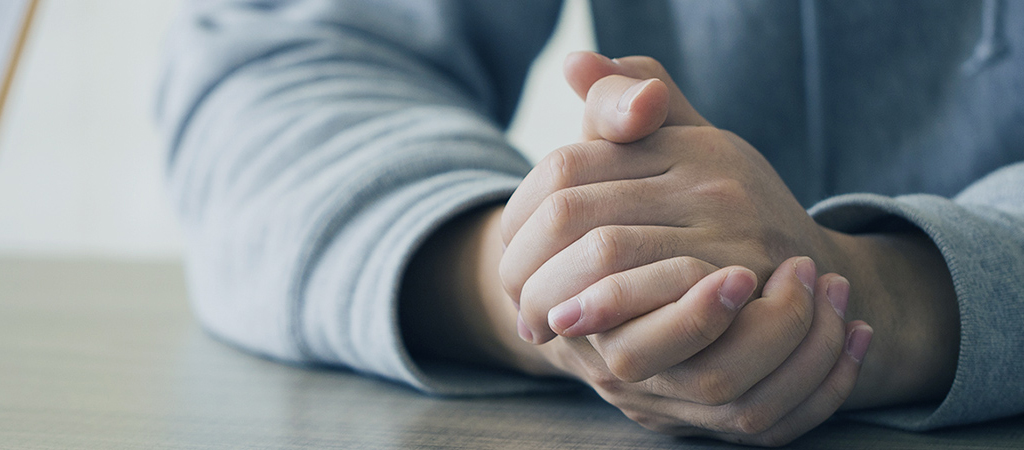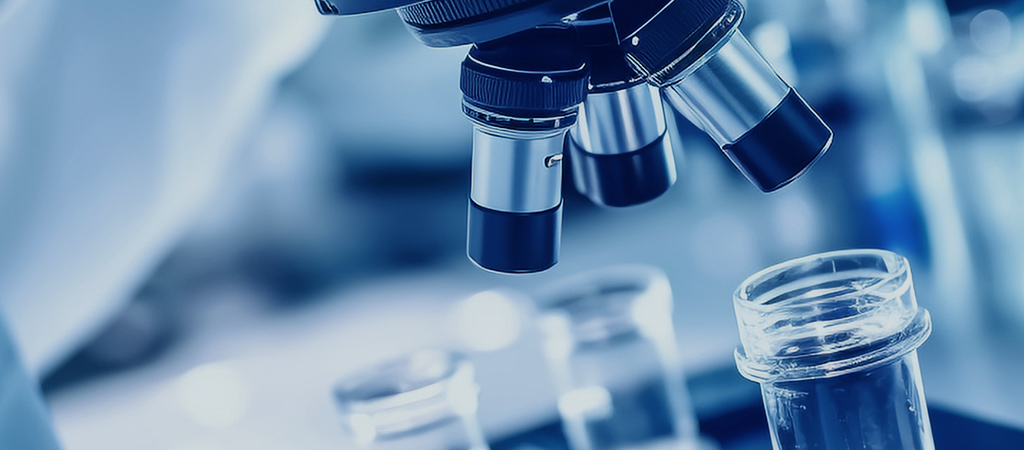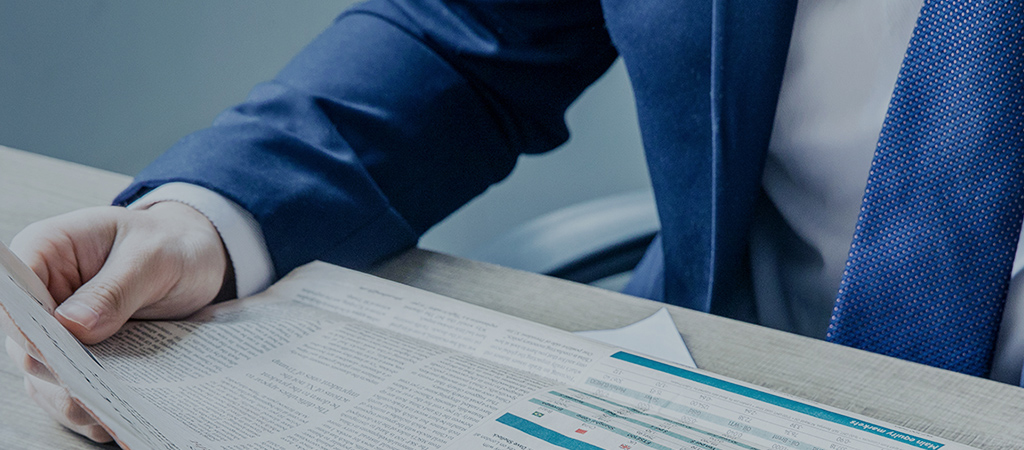The antibiotic resistance crisis is widespread. Can the traditional Chinese medicine "Monkey Ear Ring" become a "life-saving lifeline"? Unveiling the mystery of its enhanced efficacy and reduced toxicity!
In the third week of November every year, the entire world celebrates a special "holiday" - the World Antimicrobial Resistance Awareness Week. This is a global campaign initiated by the World Health Organization, aiming to raise public awareness and understanding of antimicrobial resistance, and encourage everyone to adopt the best practices to jointly prevent the further emergence and spread of antimicrobial resistance.
Today, let's embark together on a journey into the mysterious world of antimicrobial drugs, learn about their development history, and explore the principles of microbial resistance.
The history of antimicrobial drugs
Before the discovery of antimicrobial drugs, infectious diseases were one of the most important causes of human death. Puerperal infections, surgical infections, the plague, cholera, typhoid fever, dysentery, tuberculosis, and other diseases claimed countless lives.
In 1928, penicillin was discovered and then used for clinical treatment in 1940. Since then, many infectious diseases have been controlled to a certain extent. In 1932, sulfonamide drugs were successfully synthesized and applied in clinical practice in 1935. With the advancement of technology, a large number of antibacterial drugs have emerged continuously, and their clinical application has become increasingly widespread.
However, the abuse of antibacterial drugs is also quite common. Unreasonable use not only leads to huge waste of resources, increases the social burden and adverse drug reactions, but also frequently causes bacterial resistance, which brings many difficulties to the treatment of infectious diseases.
If humans fail to use antibacterial drugs properly, they might return to the era before the discovery of antibiotics, when diseases were incurable.
Microbial Resistance: A Silent Battle
When we talk about antimicrobial drugs, one important topic that needs to be mentioned is microbial resistance. In simple terms, resistance refers to the situation where microorganisms show a significant decrease in sensitivity to drugs when they come into contact with them. That is to say, when antibiotics are administered, the microorganisms will not be inhibited or killed.
The mechanisms underlying drug resistance mainly include the following aspects:
Production of enzymes: Some pathogenic bacteria can produce enzymes. These enzymes can interfere with the activity of antibacterial drugs, preventing them from killing or inhibiting the pathogenic bacteria.
Alteration of cell membrane permeability: Some pathogenic bacteria change the permeability of their cell membranes, preventing antibacterial drugs from entering the bacteria and thereby affecting their activity.
Change in the target site of cells: Antibacterial drugs cannot bind to the corresponding sites of pathogenic bacteria, thereby affecting their activity.
Based on the above principle, protecting antibiotics plays a crucial role in clinical treatment. Excessive use of antibiotics can easily lead to the development of bacterial resistance. Therefore, when using antibacterial drugs, it is essential to have clear indications for their application, and the selection of drug types and treatment plans must also follow the doctor's advice.
Monkey Ear Ring: The "Green Antibiotic" in Traditional Chinese Medicine
During the exploration of anti-microbial drugs, a unique and distinctive Chinese medicinal herb - the monkey ear ring, gradually came into people's view. The monkey ear ring, scientifically known as the Lingzhen Tree, is also called the chicken heart tree, the fallen gold, or the shampoo tree, etc. It is an important and rare Chinese medicinal herb in the Lingnan region, mainly produced in Guangdong, Guangxi, and Fujian, etc.
As early as in ancient texts, there were records about monkey ear rings. The book stated that this medicine has a bitter, astringent and cold nature. Its roots, leaves, tender branches, fruits and seeds can all be used as medicine, and it has the effects of clearing heat, detoxifying, drying dampness and closing sores. It is a unique southern medicine for treating various heat-related diseases.
It is mentioned in "Luchuan Herbal" that the monkey ear ring leaf has the effects of cooling the blood, reducing inflammation and promoting tissue regeneration, and can be used to treat burns and ulcers. The "Guangxi Medicinal Plant Directory" also records that the monkey ear ring has the effect of reducing swelling and can be used to treat rheumatism, sprains, burns and other conditions.
In clinical applications, the monkey ear ring has been proven to have a killing effect on various pathogenic bacteria in the respiratory and digestive tracts. Especially for drug-resistant strains, the monkey ear ring exhibits a unique antibacterial mechanism, which can inhibit the synthesis of bacterial cell walls and damage the structure of bacterial cell membranes, thereby effectively killing the drug-resistant strains. This makes the monkey ear ring an important choice for addressing the problem of antibiotic resistance.
In addition to its direct antibacterial effect, the monkey ear ring also has significant synergistic and detoxifying effects. When used in combination with antibiotics, the monkey ear ring can enhance the antibacterial effect of antibiotics, reduce the dosage and duration of antibiotic use, thereby minimizing the side effects and resistance of antibiotics, and becoming an effective adjuvant for antibiotics.
On the one hand, the Monkey Ear Ring regulates the body's immune function, thereby reducing the toxic side effects of antibiotics on normal cells. For instance, the Monkey Ear Ring can alleviate the symptoms of intestinal flora imbalance caused by antibiotics, and alleviate adverse reactions such as diarrhea and constipation. At the same time, the Monkey Ear Ring can also protect liver and kidney functions, and reduce the damage to the liver and kidneys caused by antibiotics.
On the other hand, the enhancing effect of the monkey ear ring also lies in its ability to improve the bactericidal effect of antibiotics. Through a synergistic interaction with antibiotics, the monkey ear ring can enhance the inhibitory and killing effects of antibiotics on bacteria, thereby shortening the course of the disease and increasing the cure rate.
Multiple clinical studies have shown that the combination of monkey ear rings and antibiotics has significant advantages in the treatment of respiratory infections, gastroenteritis and other diseases.
The research team led by Professor Su Weiwu from the School of Life Sciences at Sun Yat-sen University has conducted studies on the mechanism of action of monkey ear ring in combating drug-resistant bacteria. The research shows that monkey ear ring is rich in various active components, such as gallic acid and quercetin, and these components have significant antibacterial, antiviral and anti-inflammatory effects.
The miraculous effects of the monkey-shaped earrings
The antibacterial and anti-inflammatory effects, as well as the enhancement of efficacy and reduction of toxicity of the monkey ear ring are not mere conjectures but have been verified through modern medical experiments and clinical practices.
The "Research on the Antiviral Active Components of Monkey Ear Ring" report jointly released by several authoritative research institutions states that the tender branches and leaves of the monkey ear ring contain six individual compounds including teriochromine (pentahydroxyflavone), myricetin, quercetin, quercetin, methyl gallate and gallic acid.
Among them, quercetin has the effects of relieving diarrhea and reducing inflammation and pain in the gastrointestinal tract, while gallic acid has excellent anti-inflammatory and anti-viral properties.
Experiments have shown that the monkey ear ring contains a large amount of gallic acid, which has good anti-inflammatory, anti-viral and anti-influenza effects. The quercetin extracted from the monkey ear ring has anti-inflammatory and analgesic effects on the gastrointestinal tract. In addition, through antibacterial experiments, it was found that the monkey ear ring can inhibit the growth and reproduction of common bacteria such as streptococcus, Escherichia coli, Staphylococcus aureus, dysentery bacillus, typhoid bacillus, and Pseudomonas aeruginosa.
In clinical applications, the monkey ear ring has also shown excellent results. Multiple studies have demonstrated that the combination of the monkey ear ring with other antibacterial drugs can significantly shorten the course of the disease and improve the cure rate.
For instance, the combination of Monkey Ear Ring Anti-inflammatory Granules and Ribavirin Spray has a very good therapeutic effect on children with herpangina of the pharynx and hand-foot-mouth disease, with good compliance; the combination of Monkey Ear Ring Anti-inflammatory Granules and antibiotics in the treatment of acute suppurative tonsillitis in children can improve the therapeutic effect, shorten the course of the disease, and is superior to the treatment with antibiotics alone.
The Green Hope for Antimicrobial Resistance
Facing the severe challenge of global bacterial resistance, governments and research institutions around the world are actively seeking solutions. The monkey ear ring, as a unique traditional Chinese medicine, has a unique antibacterial mechanism and an enhancing and reducing-toxic effect on antibiotics, providing new ideas for solving the problem of antibiotic resistance.
The active ingredients in the monkey ear ring can inhibit the synthesis of bacterial cell walls and damage the structure of bacterial cell membranes, thereby killing drug-resistant strains. This provides a new approach to addressing the problem of antibiotic resistance. At the same time, the monkey ear ring can also reverse bacterial resistance through multiple mechanisms, effectively reducing the multi-drug resistance of bacteria.
Laitai Company actively promotes the deep processing and industrial application of the monkey ear ring medicinal material, fully exerting its antibacterial, anti-inflammatory, and enhancing efficacy and reducing toxicity effects. It has successfully developed a series of traditional Chinese medicine products with the monkey ear ring as the main ingredient, such as Monkey Ear Ring Anti-inflammatory Granules and Monkey Ear Ring Anti-inflammatory Capsules. These products have achieved remarkable therapeutic effects in clinical applications and have been highly recognized and praised by the majority of users.
In the face of this global challenge, each of us is a guardian. By enhancing the awareness and understanding of antimicrobial drugs and using them rationally, we can jointly prevent the further emergence and spread of antimicrobial drug resistance.
The monkey ear ring, as a unique traditional Chinese medicine, has its distinctive antibacterial mechanism and synergistic anti-toxic effects, providing us with new hope and options. Let's work together to safeguard the future of antimicrobial drugs and let the light of health illuminate every corner.





